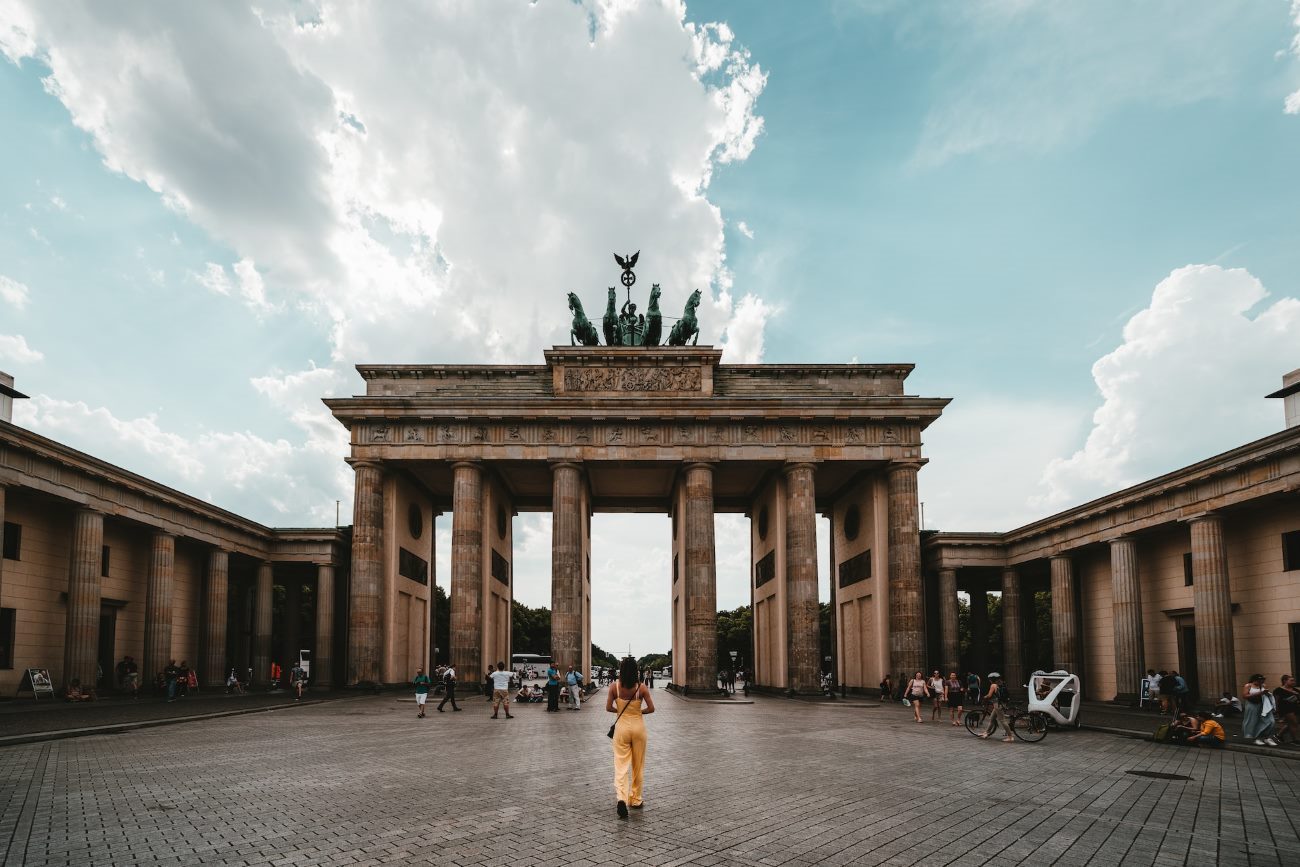Are you interested in exploring the concentration camps near Berlin?
Visiting concentration camps around Berlin represents an educational opportunity for people who either study history or want to learn about World War II’s events with particular focus on Holocaust atrocities. Visitors can use these historical sites to learn about the terrible events which occurred throughout this historic time. This blog post leads you to different concentration camps accessible from Berlin and offers relevant details useful for visiting.
Sachsenhausen Concentration Camp
The Nazis established Sachsenhausen Concentration Camp at its initial operating site which rested about 35 kilometers beyond Berlin. The facility existed from 1936 right up to 1945 when the military liberated it. Today visitors can visit this site where memorials and educational facilities bring awareness of both camp history and prisoner hardships to the public.
Guided tours at Sachsenhausen enable visitors to examine different areas within the camp. Visitors can access comprehensive displays that present information about prisoner existence combined with camp activities as well as all crimes perpetrated during World War 2. The tour through barrack buildings combined with observing camp ruins creates an emotional reaction.
Buchenwald Concentration Camp
The Buchenwald Concentration Camp operated near Weimar at a distance of approximately 300 kilometers southwest of Berlin and became one of the biggest such facilities during that time. This institution functioned between 1937 and 1945 while holding different racial and political prisoner groups.
Through a visit to Buchenwald one can uncover information about the daily existence as well as slave labor and the terrible camp events that occurred inside its boundaries. Visitors to the memorial grounds can access exhibitions about the camp along with preserved camp buildings and a museum showing the events that took place. Toruń can provide tourists with guided tours to learn extensive details about the camp history.
Ravensbrück Concentration Camp and Memorial
The Ravensbrück Concentration Camp operated as a facility that detained female detainees exclusively about 80 kilometers distant from Berlin. The facility started operations in 1939 until it closed down by holding more than 130000 female prisoners from diverse nationalities. Today visitors can visit this site which honors the victims of these camps while providing information about how women experienced the Holocaust.
Ravensbrück features multiple exhibition displays that present the stories of all women detention at the camp. At the site visitors can join guided journeys which supply detailed history while documenting the strength and bravery displayed by camp victims.
Sachsenhausen, Buchenwald, and Ravensbrück Combined Tour
A combination of tours enables visitors to experience Sachsenhausen while also seeing Buchenwald along with Ravensbrück within 24 hours. Most Berlin-based tours combine tour vehicles with professional guides who also cover entrance costs to different sites. People use this tour option to acquire comprehensive knowledge about the operation of concentration camps.
Important Considerations
When planning to visit any concentration camp it becomes crucial to treat these sites with reverence because they maintain their essential historical value. The following points should be taken into account when visiting:
Wearing modest clothing reflects proper respect for the victims who suffered at the camps.
Keep your behavior mindful at all times while showing solemn conduct and silence.
Obey tour guides while you perform all stated rules at these historical locations.
Devote part of your time at the site for individual reflection and thought.
These considerations will help you create a meaningful visit that shows respect to the memorial site.
In Conclusion
The visits to the concentration camps located near Berlin create an emotional and knowledge-packed experience. Sachsenhausen, Buchenwald, and Ravensbrück offer insights into the history and tragedies of the Holocaust. The process of stepping into these memorial places helps to preserve accounts of victims along with safeguarding their collective memory for future generations.
Make advance arrangements when visiting but show dignity during your time in the camps while also using this experience to learn about this historic tragedy.
Table of Contents



